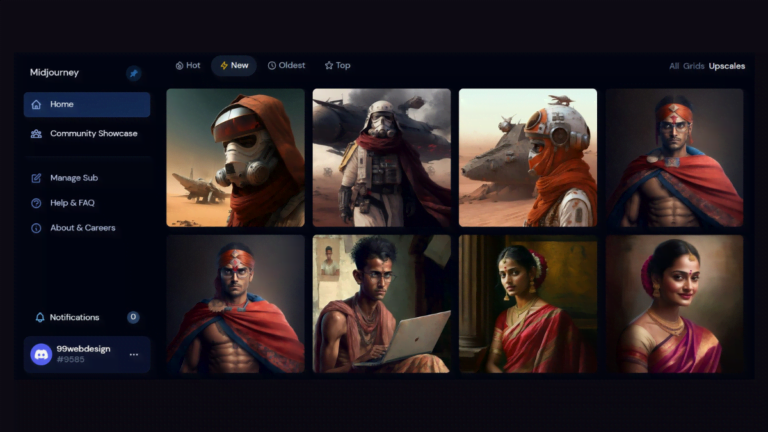Get Free Quote, WhatsApp Now: +91 96375 03315
How Data Visualization Can Help to Evaluate Business Risks?
Business risks come in various kinds and sizes, and identifying them helps you better understand your weaknesses and the possibility of them occurring.
Furthermore, by recognizing those risks, you may develop policies and processes to either eliminate the risk, decrease its impact, or assist your company in dealing with it more effectively.
This is why many risk managers devote endless hours to preparing reports that gather accurate and insightful data and deliver it to diverse stakeholders clearly and understandably.
However, with so much data being collected for analysis, you’ll need the means to visualize it to be easily analyzed for risk assessment.
What you need is data visualization, which visually presents data in graphical forms, such as a pie chart, graph, and more, making trends, outliers, and patterns in data easier to view and understand.
Data visualization can be used for various objectives, including brainstorming and designing alternative viewpoints, as well as showcasing the collective’s common issues.
In terms of risk assessment, data visualization helps evaluate the efficacy of present risk control approaches and aids in implementing better risk management strategies.
Table of Contents
Determining the potential risks
Determining the possible risk to your company allows you to create measures for preventing detrimental occurrences before they occur.
Furthermore, determining the extent of all external and internal risks will enable you to take a more targeted risk management approach. In other words, the goal of this step is to identify any potential threats to the company’s operations.
When prospective risks are identified, the company must do a risk analysis to understand how any potential risks may affect the company.
This procedure can be simplified by assigning a numerical value to prospective threats, which the company can use to assess the impact on costs, production, and other factors that could be affected by risks.
Furthermore, such data visualization aids employees in comprehending how their tasks and functions are related to the risk management strategy.
Finally, decision-makers can understand how business data is evaluated to make business decisions as the information becomes easier to grasp through visualization.
Identifying the key risk points or indicators.
Identifying important risk points helps you estimate how certain dangers can occur and shows the areas where you should concentrate your efforts when examining data for risk assessment.
This stage entails describing all related data pieces to plan out specialized data flows based on your company’s requirements.
Data visualization can be used to turn such data flows into meaningful visualizations using widgets, allowing business executives to recognize linkages between data and give it more meaning.
Because such patterns between data make more sense when visually depicted, data visualization works; visuals and diagrams make it easier to detect strongly associated factors.
You can also use various data visualization tools and approaches to help decision-makers build data analysis reports by revealing previously missed critical aspects regarding the data sources.
However, without visualization, it is difficult to quickly explain data discoveries and detect trends to extract insights and interact with data seamlessly.
Classifying data accordingly
Data classification allows you to assess the potential consequences of a data breach and tailor your market research accordingly. Furthermore, well-planned data classification makes it simple to locate and retrieve critical information.
Data scientists and other experts construct a framework within which to arrange the data and utilize computers and software to sort it into distinct groups and categories during data categorization.
In the form of visual representations or graphical representations, data visualization aids in data classification. This approach will offer stakeholders an operational framework that includes data classification categories and criteria when done effectively.
Furthermore, data visualization gives a clear picture of all classified data under an organization’s control and an understanding of where data is held, how to access it quickly, and how to effectively secure it from potential security threats.
Preparing a risk report
Risk reporting is a technique for detecting risks associated with or potentially affecting a company’s operations. Risk reporting is essential to an effective compliance program because it communicates information about the company’s most important issues at the time.
It enables the board to provide strategic recommendations and operate the company with greater risk awareness. The study examines the financial, operational, and strategic consequences of a risk.
In addition, a good report relates each risk to a defined business purpose and depicts the state of a company’s risk management difficulties in a form that decision-makers can understand.
This is where data visualization may help stakeholders digest complex data by displaying the strength of correlations between risks and projects and counteracting cognitive biases.
You may develop a shared understanding of priorities and analyze your data in a way that helps you filter out the noise and focus on solving critical risk management issues with data visualization.
Sponsored Post: By Research Optimus | Written by: Gracie Myers, Content Developer & Editor





